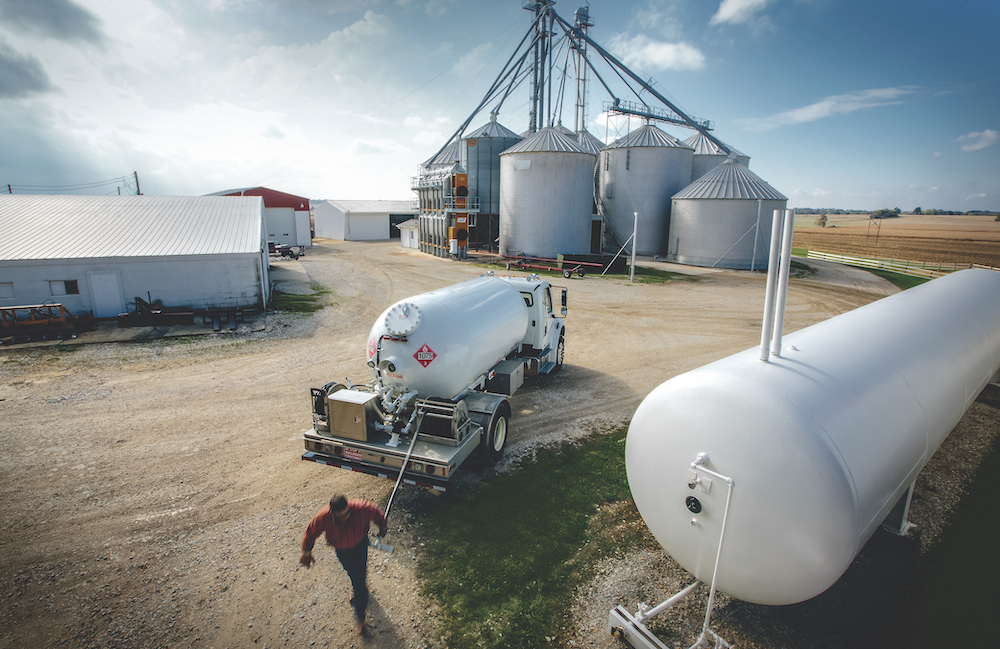It has not been the easiest year for the Midwest. Not only did the polar vortex of Winter ’19 send temperatures plunging into the minus 20s, 30s, even 40s below zero across the region, but a record-breaking year of rainfall overwhelmed the Mississippi River, causing historic levels of flooding.
Now we are seeing the repercussions of those extreme downpours as harvest season gets underway. As BP News reported back in August, the flooding caused a delay in crop planting, which led to a delay in harvesting, which has ultimately led to a delay in crop drying.
What does this Mean for Propane Marketers?
The later harvests coupled with an increase in crop drying from the abnormally high levels of moisture in the grains is leading to higher propane demand in the late fall — precisely during the time when most propane marketers are attempting to get a handle on their heating accounts.
How do you plan to control the chaos?
Tank Monitoring Can Help
Tank monitoring is an invaluable way of getting ahead of the game and making sure you’re running your business in the most efficient way possible before any problems can arise. Here are some monitoring strategies you can use to ensure your team is prepared to deliver to both types of accounts:
Agricultural and Commercial Accounts
Traditional degree days and k-factors are useless in forecasting the propane usage of grain dryers, so monitoring these tanks is essential to preventing run-outs. This is especially so because the waterlogged crops of this year’s harvest season will likely require more drying time than usual, meaning these accounts are even more prone to running out of fuel.
On the other hand, your driver may be so concerned about keeping these lucrative customers full that they go out of their way to top them off. This is an inefficient use of their time, your resources, and ultimately has a negative impact on your company’s bottom line.
By using tank monitors at agricultural and commercial accounts you know exactly how much fuel is being used. Generac’s monitors take a reading of tank levels once every 6 hours, with the capability of reporting 4 times a day so that you can plan the optimum time of day to make a delivery to the accounts that guzzle propane.
Heating and Residential Accounts
 When setting tanks for new customers ahead of the heating season, install a tank monitor to learn their usage patterns and move away from relying on the less accurate forecasting methods of degree days and k-factors.
When setting tanks for new customers ahead of the heating season, install a tank monitor to learn their usage patterns and move away from relying on the less accurate forecasting methods of degree days and k-factors.
Putting a tank monitor on your heating accounts shows customers that you’re taking the extra step to guarantee that they’re never going to run-out, while also making sure they don’t receive an unnecessary delivery. Transparency and customer service is key, so you can even offer them the ability to see their tank levels anytime, anywhere with a free smartphone app.
Try the Generac Solution and Partnership
Using tank monitors is a way of getting the most out of your deliveries, while empowering your customers to rest assured knowing that they are in the best hands possible. If you have any questions or interest in experiencing a Generac monitor, feel free to contact a representative.
 Shop
Shop


